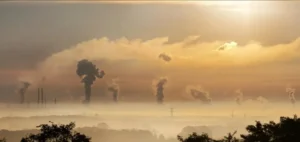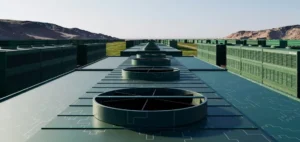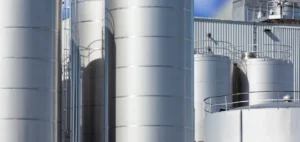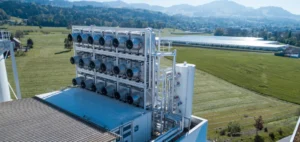Japan is on track to establish itself as the main player in captured carbon dioxide (CO2) trade within the Asia-Pacific (APAC) region by 2050, according to a recent analysis by Wood Mackenzie. With greenhouse gas emissions accounting for around 7% of East Asia’s emissions and 2.5% of the global total, focusing on emission reduction in the industrial and energy sectors has become a priority for the country.
Carbon Capture, Utilization, and Storage (CCUS) technology is essential for so-called “hard-to-abate” sectors, such as steel and energy. By 2050, Japan’s carbon capture capacity is expected to reach 55 million tons per annum (Mtpa) in the base case scenario. However, with limited domestic storage capacity, about 80% of the captured carbon will be transported to other countries for sequestration, positioning Japan at the center of cross-border carbon transport opportunities in the region.
The Japanese government plays a key role in this transition. During the Japan CCUS Summit in 2024, Hetal Gandhi, CCUS Lead for the APAC region at Wood Mackenzie, highlighted that Japan is ahead of most countries in the region in terms of policy effectiveness, according to the institute’s index. Nevertheless, the country still lags behind North America and Europe, where financial incentives are more developed and regulatory frameworks more established.
Necessary Government Investments
Massive investments are essential to support the implementation of CCUS technologies in Japan. According to Wood Mackenzie, the development of carbon capture technology will require a global investment of $1 trillion by 2050, with 60% of this allocated to capture technologies. For APAC, government support totaling $150 billion will be needed by 2050 to meet forecasted capture capacities, covering around 30% of the required investments.
In Japan’s case, the minimum government support will need to reach $10 billion by 2050, assuming carbon prices rise to $69 per unit by that time. This will help sustain high-carbon sectors such as steel and power generation, which are the country’s largest emitters.
Challenges of Cross-Border CO2 Transport
One of the key challenges for Japan lies in its lack of large domestic storage sites, forcing the country to transport a significant portion of the captured CO2 to other nations. This cross-border transport is costly, with at least a 25% higher expense compared to domestic storage. To mitigate these costs, Japan will need to develop a regulatory framework and establish agreements with regional partners like Indonesia, Malaysia, and Australia to facilitate cross-border CO2 trade.
Hetal Gandhi concluded that in addition to financial support, creating an ecosystem conducive to international carbon trade will be essential for Japan’s success in this area. Cooperation with other APAC countries will be crucial for establishing harmonized guidelines for CO2 transport and sequestration.






















